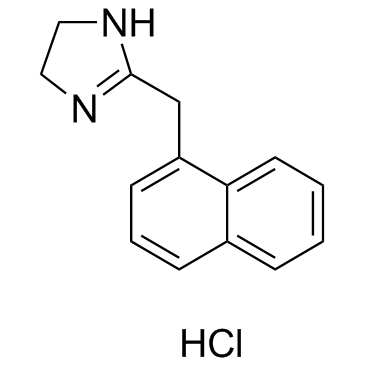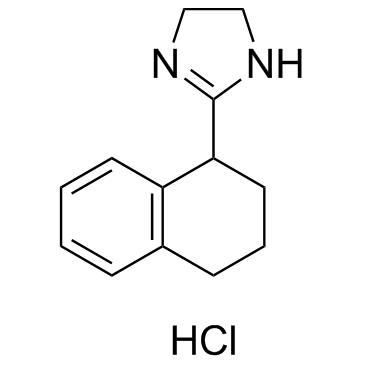| Structure | Name/CAS No. | Articles |
|---|---|---|
 |
Naphazoline hydrochloride
CAS:550-99-2 |
|
 |
Tetrahydrozoline hydrochloride
CAS:522-48-5 |